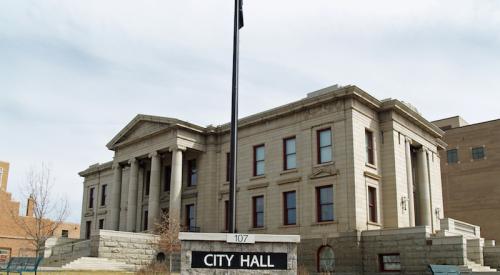Land restrictions and a lack of investment in roads, railways, and other infrastructure have made it increasingly difficult for developers to find sites near big cities. According to The Wall Street Journal, more and more people are flocking to places such as Austin, Texas, Phoenix, and Tampa, Fla., which increases the price of dirt there and makes the housing shortages worse in these metro areas. The Federal Reserve’s efforts to fight inflation may lower prices, but economists and investors think that with the lack of supply and the ongoing strong demand for new houses, land prices will likely continue to rise in the long term.
Land wasn’t always so expensive. Until the second half of the 20th century, America’s population was far more spread out, living where land was cheap. But as more people moved to a small number of cities with abundant office jobs, and municipalities passed stricter zoning codes that made it tougher to build housing, land prices and housing costs surged.
Land values in Manhattan barely increased between the 1880s and 1970s after adjusting for inflation, according to calculations by Jason Barr, an economist at Rutgers University-Newark. But between 1977 and 2019, they grew at an average annual rate of about 13%.













